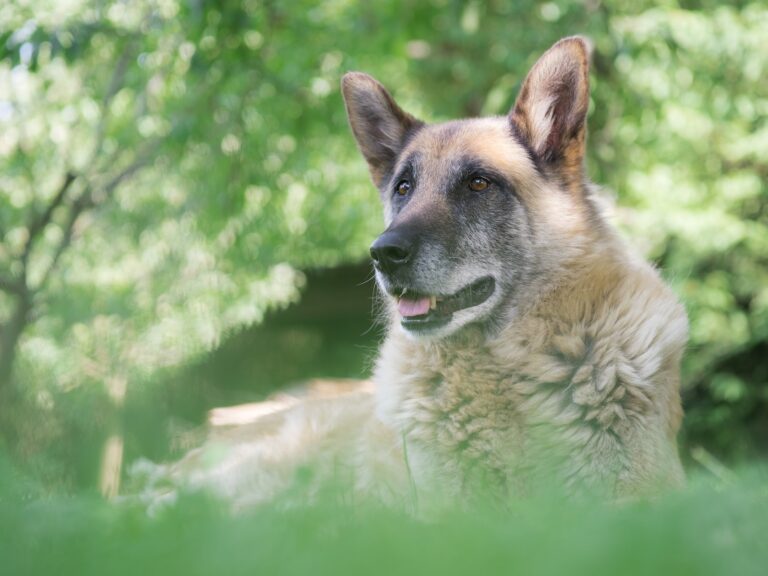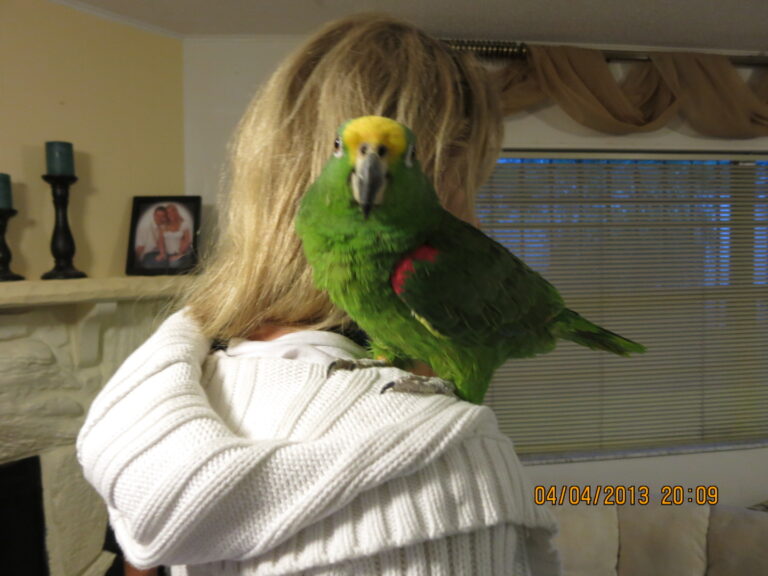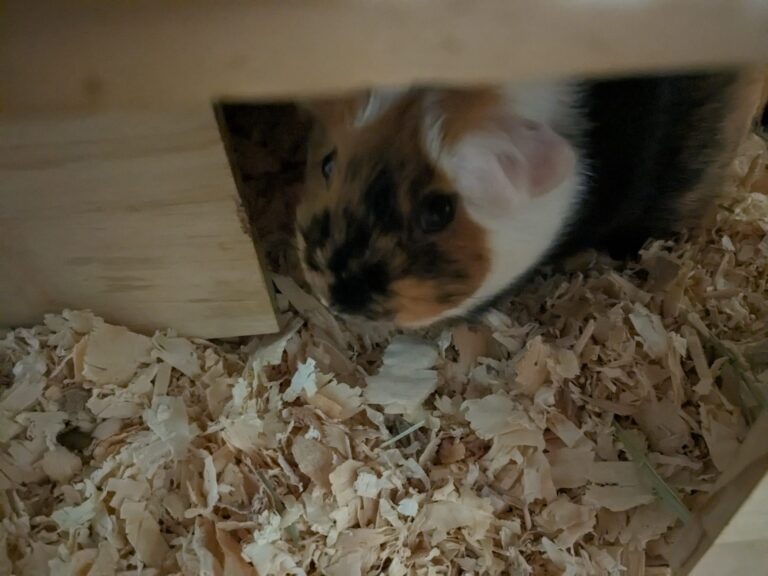“Harmony in Whiskers: An Academic Exploration of the Profound Bond with Guinea Pigs”
In the refined tapestry of human-animal relationships, guinea pigs emerge as enchanting subjects that beckon a scholarly inquiry into the intricacies of their companionship. Beyond the mere allure of their furry exteriors lies a nuanced narrative that intertwines scientific understanding, emotional resonance, and the artistry of caring for these small yet significant beings. This essay embarks on a graduate-level exploration of the profound bond with guinea pigs, delving into their unique qualities and the consequential impact they bear on the lives of their human counterparts.

The Scientific Symphony of Guinea Pig Communication
At the heart of the guinea pig-human dynamic lies a symphony of communication, that transcends the superficial. Scientific inquiry reveals that these small rodents, commonly known as “cavies,” express a rich array of emotions through vocalizations—a linguistic realm that extends beyond the auditory into the profound. Whether emitting joyful squeaks during mealtime or purring softly during moments of tactile engagement, guinea pigs engage in a form of communicative exchange that goes beyond the merely instinctual. As we unravel the intricacies of guinea pig vocalizations, we find a nuanced lexicon that serves to deepen the connection between species. This interactive dialogue, a result of evolution and social adaptation, paints a vivid portrait of guinea pigs as not just passive companions but as active participants in the narrative of shared understanding.
Guinea Pigs: A Case Study in Dietary Dynamics
The scholarly journey into the world of guinea pigs extends to the realm of dietary dynamics—an intricate interplay between nutritional requirements and the art of responsible caregiving. These herbivorous creatures, with their specific dietary needs, necessitate a scholarly approach to nutritional science. A balanced mix of hay, fresh vegetables, and specially formulated guinea pig pellets, complemented by the provision of essential vitamin C, emerges as a key aspect of their holistic well-being. Beyond the culinary considerations, housing and environmental factors form an integral part of the guinea pig care paradigm. The academic lens reveals that these small companions thrive in environments that mirror their natural instincts—spacious enclosures with ample opportunities for exploration, hiding, and social interaction. As caregivers, we become custodians of not just pets but stewards of an ecosystem designed for their optimal health and behavioral fulfillment.
Individuality and Intelligence of Guinea Pigs
Within the academic discourse surrounding guinea pigs, a fascinating chapter unfolds— one that explores the individuality and intelligence of these diminutive creatures. Far from being generic pets, guinea pigs display distinct personalities that vary from outgoing and adventurous to reserved and contemplative. This diversity of character within the species prompts a reconsideration of the assumed homogeneity of small animals. Furthermore, guinea pigs, with their remarkable intelligence, defy preconceived notions of limited cognitive capabilities. Their ability to associate sounds with positive experiences, coupled with their trainability and social adaptability, positions guinea pigs as subjects worthy of cognitive ethology investigation. In the scholarly pursuit of understanding animal cognition, guinea pigs stand as compelling candidates that challenge conventional boundaries.
The Impact on Human Well-Being: on Guinea Pigs
Beyond the scientific and intellectual inquiries, a profound thesis emerges—one that addresses the impact of guinea pig companionship on human well-being. The psychological benefits of interacting with these small, affable creatures extend beyond the anecdotal, delving into the realm of neuroscience. The release of oxytocin during moments of tactile engagement offers a tangible link between human-animal bonding and emotional well-being, providing a fertile ground for further studies in the burgeoning field of anthrozoology. For children engaged in the responsibilities of guinea pig care, the scholarly exploration extends to the realm of education and character development. The cultivation of empathy, accountability, and a sense of responsibility through the care of these creatures speaks to the broader societal implications of human-animal relationships.
In concluding this scholarly exploration of guinea pigs, we find ourselves immersed in a symphony of whiskers—a composition that intertwines scientific inquiry, emotional resonance, and responsible caregiving. Guinea pigs, with their communicative richness, dietary intricacies, individuality, and impact on human well-being, emerge as subjects worthy of academic consideration. As we navigate this academic landscape of guinea pig companionship, we acknowledge the potential for further research, inquiry, and discourse. The symphony of whiskers invites us to consider the profound impact of these small beings on our lives, urging us to recognize them not merely as pets but as co-authors in the narrative of our shared existence. In the scholarly pursuit of understanding and appreciating guinea pigs, we find ourselves enriched by the harmony they bring to the symphony of human-animal relationships.






